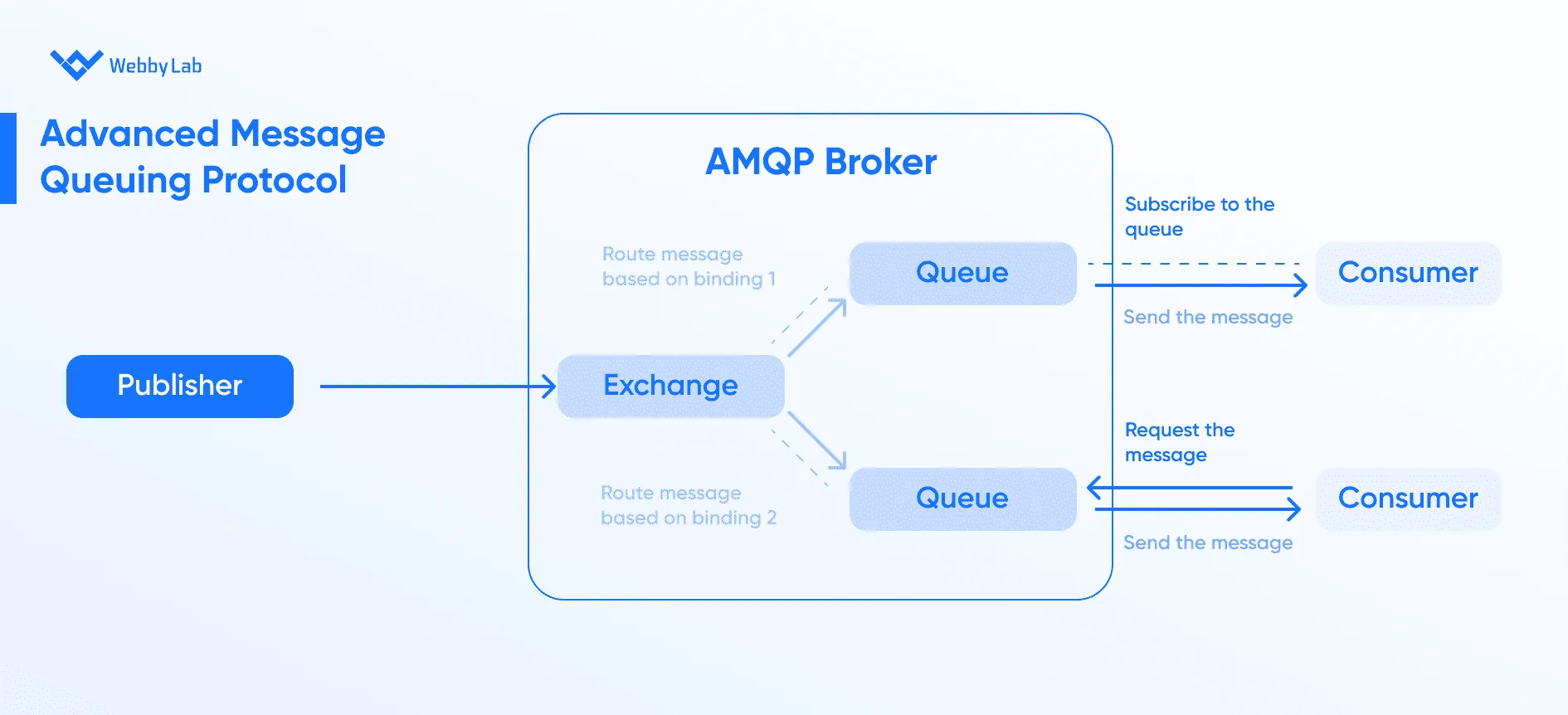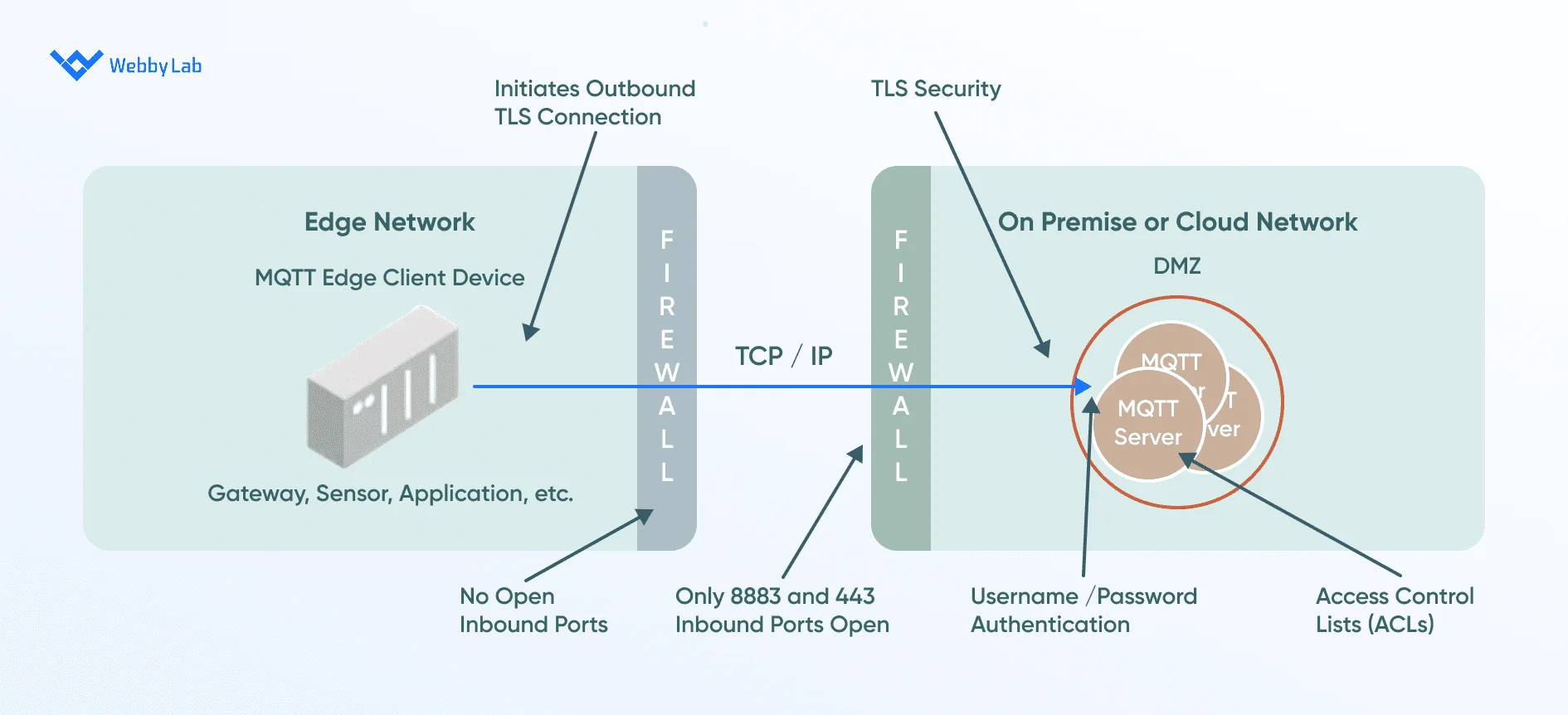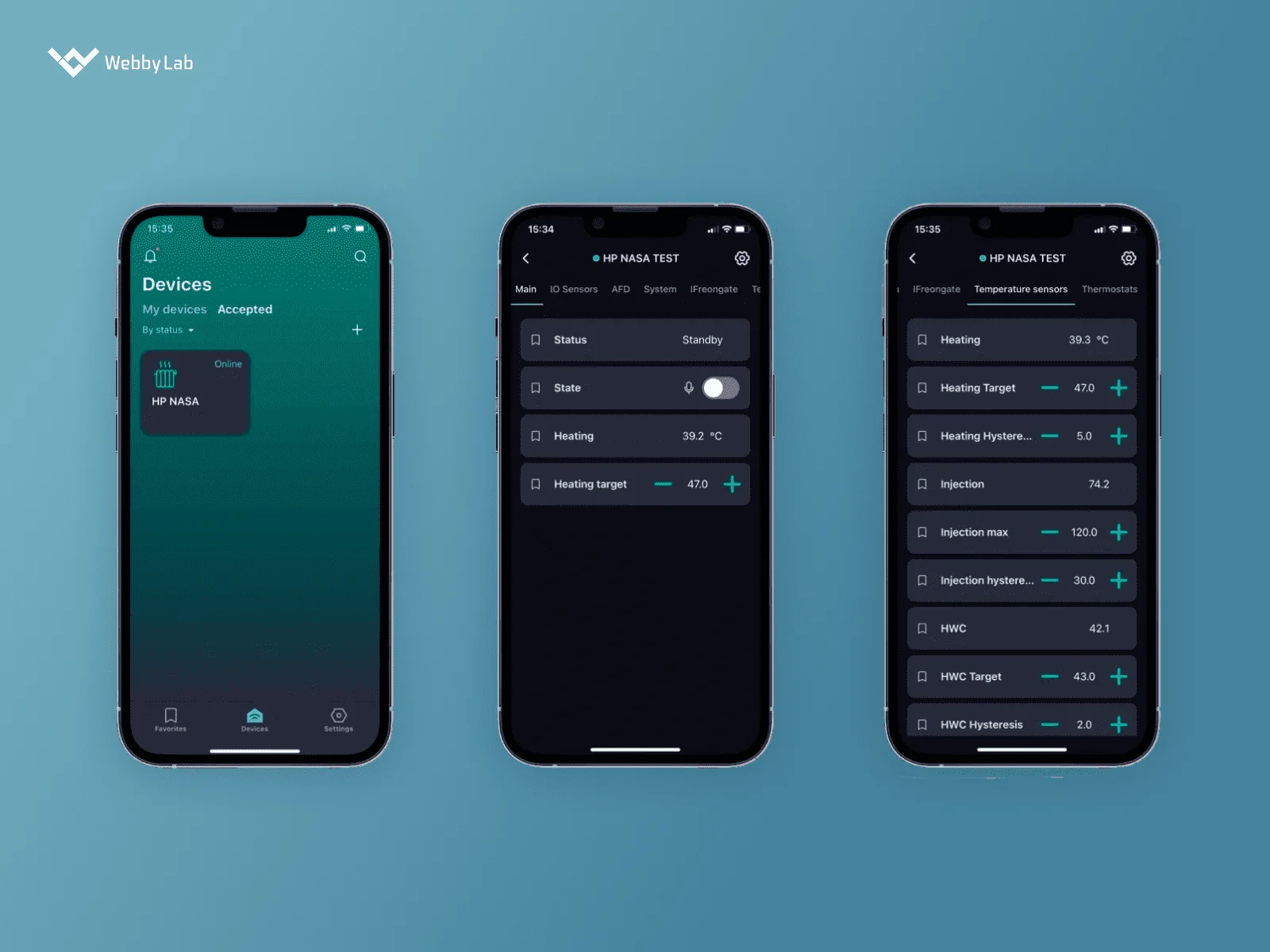MQTT vs Other IoT Messaging Protocols: Detailed Comparison
Written by:

Kostiantyn Oliynyk
Head of IoT at Webbylab
With a robust academic background in Telecommunication Systems Engineering, I apply my knowledge to lead innovations in the IoT domain. Starting as the first team member in the newly formed IoT department at WebbyLab, I've spearheaded its growth, fostering the expansion into embedded and hardware development alongside our core software projects. My dedication lies in pushing the boundaries of IoT technology, fostering a culture of innovation and excellence that profoundly impacts our clients' operational success.
First of all, consider our comparison of IoT protocols to gain an understanding of the options available. Then, pay attention to your project requirements, scalability, reliability, and security needs, bandwidth constraints, and integration capabilities with existing systems.
The best messaging protocols for IoT include:
- MQTT (Message Queuing Telemetry Transport)
- AMQP (Advanced Message Queuing Protocol)
- XMPP (Extensible Messaging and Presence Protocol)
- DDS (Data Distribution Service)
- CoAP (Constrained Application Protocol)
Yes, WebbyLab can help you with selection. With our extensive expertise in IoT development, we can find the best fit for your project requirements and goals.
A key challenge with MQTT is the negotiation of the central broker setup. Since the broker is responsible for all the messaging, it can become a single point of failure if not properly configured. Another obstacle is ensuring security — while MQTT supports SSL/TLS, you’ll likely need an additional layer of protection.
The cost of MQTT vs. other protocols is often lower due to its simplicity and open-source nature. However, the additional infrastructure needed for scaling — like high-availability brokers — can add to your expenses. So, it’s always best to evaluate if MQTT’s features align with your project’s complexity during the discovery phase.



















